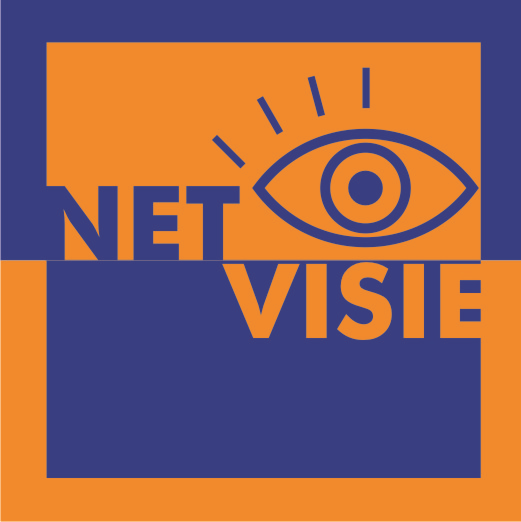IT Business Analysis and Functional Analysis
IT Business Analysis:
Definition:
IT Business Analysis is a discipline that focuses on identifying business needs, finding technological solutions to business problems, and facilitating communication between business stakeholders and the IT team.
Key Responsibilities:
Requirements Elicitation:
Engage with stakeholders to understand and document their business requirements.
Use various techniques such as interviews, surveys, and workshops to gather information.
Analysis and Documentation:
Analyze collected requirements and document them in a clear and understandable manner.
Create business process models, use cases, and other documentation to represent business needs.
Communication:
Act as a liaison between business stakeholders and the IT development team.
Ensure that there is a common understanding of requirements between business and technical teams.
Problem Solving:
Identify business problems and challenges and propose IT solutions to address them.
Analyze and evaluate potential solutions, considering business goals and constraints.
Change Management:
Assist in managing the impact of changes on the organization, helping stakeholders adapt to new systems or processes.
Functional Analysis:
Definition:
Functional Analysis, within the context of IT projects, refers to the process of defining the functions or capabilities that a system must have to satisfy the documented requirements.
Key Responsibilities:
System Design:
Translate business requirements into detailed system specifications.
Define how the system will behave and what functions it will perform to meet business needs.
Prototyping:
Develop prototypes or mockups to demonstrate the proposed system’s functionality.
Gather feedback from stakeholders to refine and improve the design.
Validation:
Ensure that the proposed system’s functions align with business requirements.
Collaborate with business analysts and stakeholders to validate the proposed system’s design.
Documentation:
Create detailed functional specifications that guide the development team in building the system.
Document how different components of the system will interact with each other.
Collaboration with Development Teams:
Work closely with software developers and other IT professionals to ensure that the system is implemented according to the specified functions.
In summary, IT Business Analysis focuses on understanding and documenting business needs, while Functional Analysis involves translating those needs into detailed specifications for the development of IT systems. These roles often overlap, and individuals may be involved in both aspects of the analysis process, especially in smaller teams or projects.
